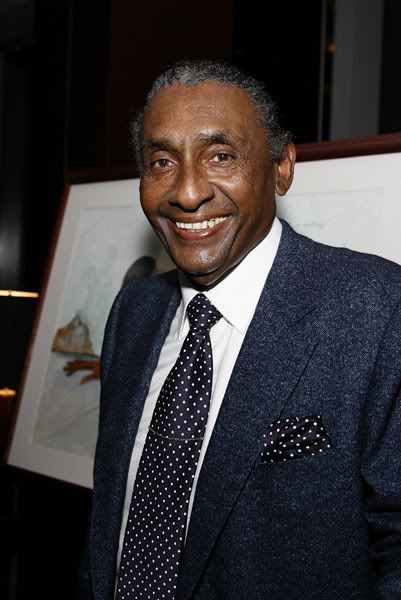 HISTORIES & HUMANITIES AT HISTORICALLY BLACK COLLEGES & UNIVERSITIES
HISTORIES & HUMANITIES AT HISTORICALLY BLACK COLLEGES & UNIVERSITIES
Embracing the Legacy of John Hope Franklin
Friday, May 1, 2009, 9:30 AM - 5:00 PMRoom 240, John Hope Franklin Center
Presented with the John Hope Franklin Research Center for African and African American History and Culture - made possible by major support from the Andrew W. Mellon Foundation
To mark the end of the inaugural year of the FHI’s HBCU Faculty Fellowship Program - and inspired by the vision and legacy of John Hope Franklin - this one-day symposium and workshop will bring together faculty, students, and administrators from Duke and local area HBCUs to explore ways of creating institutional collaborations around the arts and the humanities, and across older historical divisions in the region and beyond.
Program Schedule
9:00 – 9:30 AM
Registration & Coffee
9:30 – 9:40 AM
Welcome
Srinivas Aravamudan, Director, Franklin Humanities Institute
9:40 - 11:00 AM
Keynote Address: John Hope Franklin, HBCUs, and the Arts and Humanities in Transition
Darlene Clark Hine, Board of Trustees Professor of History & African American Studies, Northwestern University
11:30 AM – 1:00 PM
Panel: Cooperation, Cooptation, and Transformation in the Post-Civil Rights Academy
Moderator: Jelani Favors, Assistant Professor of History, Morgan State University & 2008-09 FHI Mellon HBCU Faculty Fellow
Rhonda Jones, Assistant Professor of History, North Carolina Central University
Mark Anthony Neal, Professor of African & African American Studies, Duke University
Rosalyn Terborg-Penn, University Emerita Professor, Morgan State University
Respondent: Sylvia Jacobs, Professor of History, North Carolina Central University
1:00 – 2:00 PM - Lunch Break
2:00 – 3:30 PM
Roundtable: Black Intellectual Traditions and the Idea of the Humanities
Dana Williams, Associate Professor of African American Literature, Howard University & 2008-09 FHI Mellon HBCU Faculty Fellow
Greg Carr, Associate Professor of Afro-American Studies, Howard University
Respondent: Lee Baker, Dean of Academic Affairs of Trinity College & Associate Professor of Cultural Anthropology, Duke University
4:00 – 5:00 PM
The New From Slavery to Freedom and the Legacy of John Hope Franklin
Evelyn Brooks Higginbotham, Victor S. Thomas Professor of History & African and African American Studies, Harvard University
Exhibits On View
Tell Me Again: A Concise Retrospective
Experimental Art Space, Franklin Center
Fatimah Tuggar, multimedia artist & 2008-09 FHI Mellon HBCU Faculty Fellow
Editions of From Slavery to Freedom from the John Hope Franklin Research Center
Outside Room 240, Franklin Center
*
Please e-mail fhi@duke.edu by Monday, April 27 to register - registration is free, but please note that space is limited








